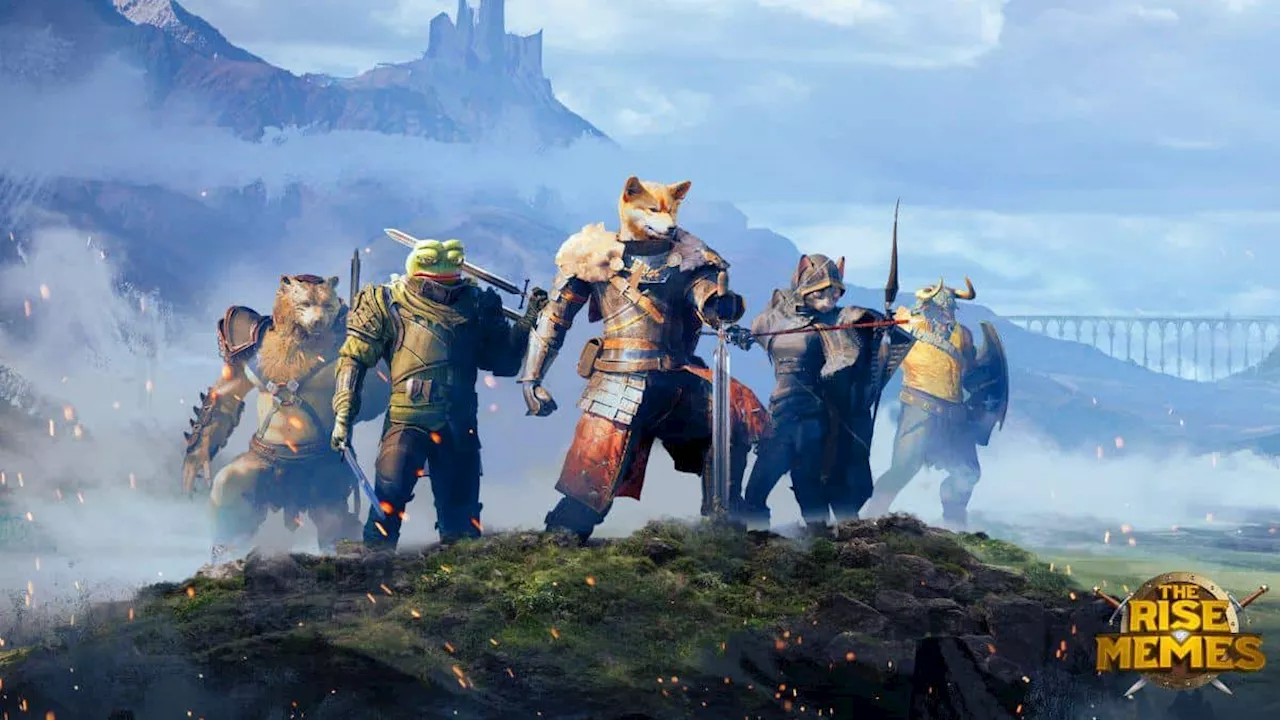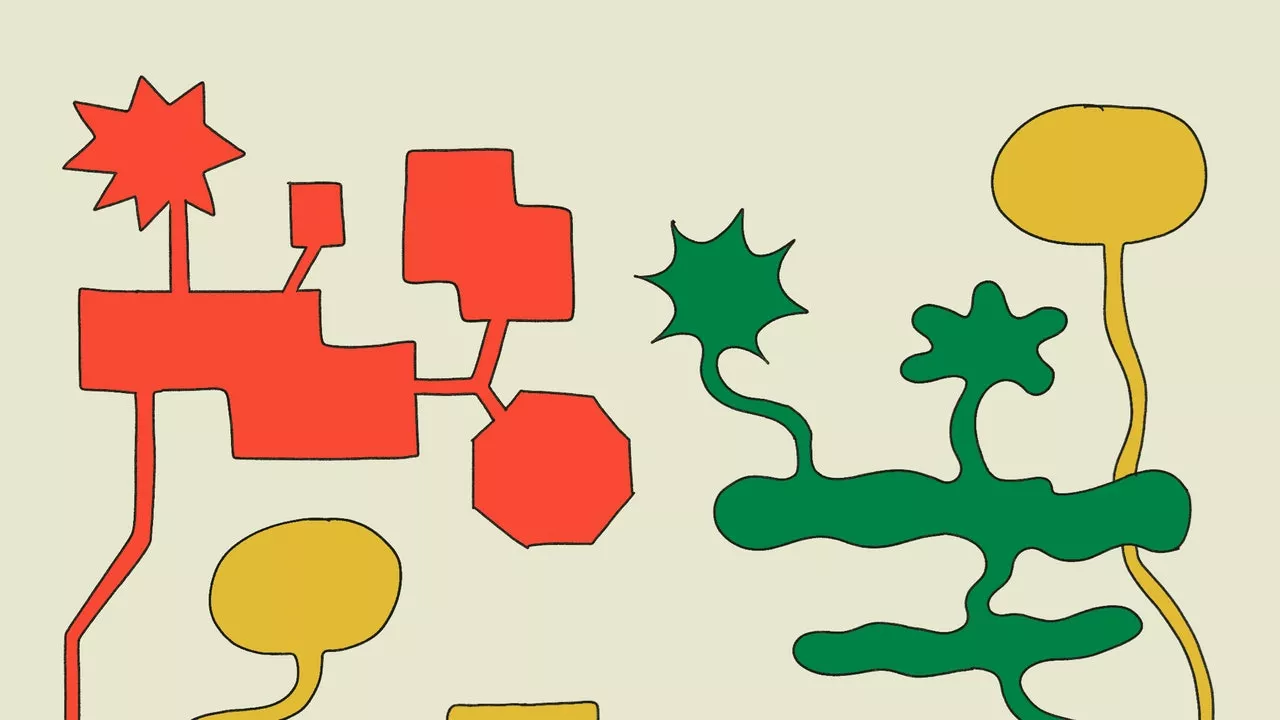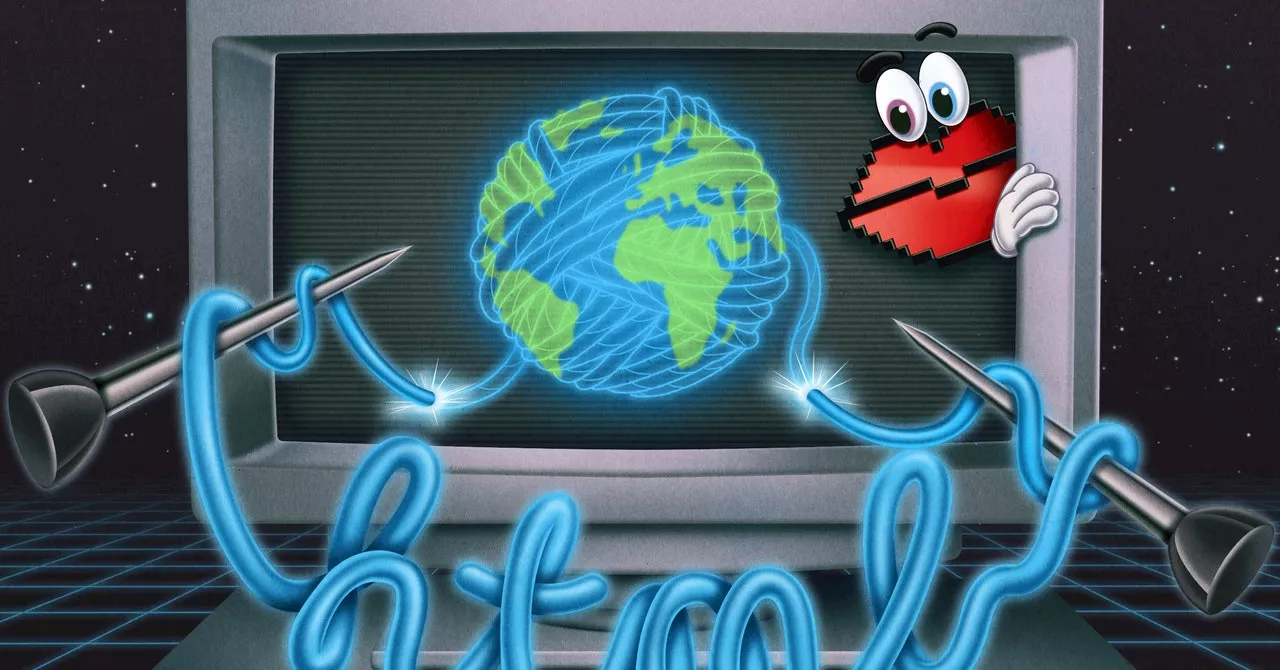In his latest column, Arturo Loaiza-Bonilla, MD, MSEd, explores the latest on large language models in medicine and the new era of medical training and practice.
Co-founder, Chief Medical Officer, Massive Bio; Systemwide Chief of Hematology and Oncology, St. Luke’s University Health Network, Bethlehem, Pennsylvania
Serve as a speaker or a member of a speakers bureau for: Amgen; Guardant; Eisai; Ipsen; Natera; Merck; Bristol Myers Squibb; AstraZeneca Every day, there is a new mention on social media about advancements in artificial intelligence , particularly for large language models , such as ChatGPT, Llama, Cohere, Claude, and Bard. It can be hard to keep up, but these LLMs are shaping changes in medical education and how we practice.
Reduced cognitive and administrative load and burnout: As demonstrated by the performance of LLMs in standardized exams, these models can efficiently handle tasks, such as patient documentation and data analysis, that traditionally require significant time from medical professionals. This capability could greatly reduce administrative burdens, a known factor in physician burnout.
As these models become integrated into our healthcare systems, our role as physicians is poised to evolve dramatically. As we navigate this shift, our approach must be guided by a commitment to improve patient care and the well-being of healthcare providers. In addition, we need to foster a culture of self-improvement to make sure that AI tools are implemented thoughtfully, with ongoing evaluation of their impact on patient outcomes and physician workflow.
Health And Medical Tech Health And Med Tech Health And Medical Technology Healthcare Technology Medical Technology Artificial Intelligence Deep Learning AI NPL Machine Learning ML Natural Language Processing Artificial Neural Networks Medical Life Physician Lifestyle Medical Lifestyle Resident Lifestyle Medical Student Lifestyle Nurse Lifestyle
United States Latest News, United States Headlines
Similar News:You can also read news stories similar to this one that we have collected from other news sources.
 AI Sign Language Recognition Accuracy Boosted by Facial Expressions and Body LanguageResearchers at Osaka Metropolitan University have significantly improved the accuracy of AI in recognizing word-level sign language by incorporating data on hand and facial expressions, as well as skeletal information on hand position relative to the body. This breakthrough has the potential to enhance communication for the hearing-impaired worldwide.
AI Sign Language Recognition Accuracy Boosted by Facial Expressions and Body LanguageResearchers at Osaka Metropolitan University have significantly improved the accuracy of AI in recognizing word-level sign language by incorporating data on hand and facial expressions, as well as skeletal information on hand position relative to the body. This breakthrough has the potential to enhance communication for the hearing-impaired worldwide.
Read more »
 The Rise of Memes ($RISE) Launches: A Meme-Inspired Strategy Game on the BlockchainThe Rise of Memes ($RISE) is a new play-to-earn mobile game that combines real-time strategy gameplay with meme culture. Players can choose from five unique factions, lead meme-inspired heroes, and form alliances to dominate the map.
The Rise of Memes ($RISE) Launches: A Meme-Inspired Strategy Game on the BlockchainThe Rise of Memes ($RISE) is a new play-to-earn mobile game that combines real-time strategy gameplay with meme culture. Players can choose from five unique factions, lead meme-inspired heroes, and form alliances to dominate the map.
Read more »
 Kneecap's Sundance Hit Explores Irish Language Revival and Political FuryThe Irish language rap group Kneecap made waves at Sundance with their biopic, the first Irish language film to debut there. The film interweaves their rise to fame with the contemporary revival of Irish language and culture, set against the backdrop of protests for the Irish Language Act.
Kneecap's Sundance Hit Explores Irish Language Revival and Political FuryThe Irish language rap group Kneecap made waves at Sundance with their biopic, the first Irish language film to debut there. The film interweaves their rise to fame with the contemporary revival of Irish language and culture, set against the backdrop of protests for the Irish Language Act.
Read more »
 2024's Best Celebrity Couple Outfits Say Matching Is a Love LanguageHanna Lustig is a staff writer at Marie Claire, where she gets to gab every day about the topics she holds most dear: fashion, beauty, and celebrity.
2024's Best Celebrity Couple Outfits Say Matching Is a Love LanguageHanna Lustig is a staff writer at Marie Claire, where she gets to gab every day about the topics she holds most dear: fashion, beauty, and celebrity.
Read more »
 The Goddess English: Empowering Dalits Through LanguageChandra Bhan Prasad, a prominent Dalit writer, created the Goddess English to symbolize the power of the language in liberating Dalits from centuries of oppression. He believes English can elevate Dalits to modern and independent positions, challenging traditional roles and societal expectations.
The Goddess English: Empowering Dalits Through LanguageChandra Bhan Prasad, a prominent Dalit writer, created the Goddess English to symbolize the power of the language in liberating Dalits from centuries of oppression. He believes English can elevate Dalits to modern and independent positions, challenging traditional roles and societal expectations.
Read more »
 HTML: The Most Significant Computing LanguageThe article argues that HTML, despite being often dismissed as mere markup, is the most important computing language ever developed. It highlights HTML's ability to adapt to different contexts and devices, its role as a medium for communication and knowledge sharing, and its impact on how we interact with digital information.
HTML: The Most Significant Computing LanguageThe article argues that HTML, despite being often dismissed as mere markup, is the most important computing language ever developed. It highlights HTML's ability to adapt to different contexts and devices, its role as a medium for communication and knowledge sharing, and its impact on how we interact with digital information.
Read more »
